Ward Stone, American environmental hero, advocate for wildlife and citizens
Dr. Ward B. Stone was the New York State wildlife pathologist for 41 years, focusing on PCB contamination. He was also the greatest advocate for citizen environmental activists in New York history.

Listen to my 2017 interview with Ward Stone. Planet Waves FM is off tonight.
Dear Friend and Reader:
Days after the 1991 PCB electrical explosions and fires in six campus buildings at SUNY New Paltz, someone said, “You have to call Ward Stone.”
Not realizing it was someone’s name, I thought: What’s a ward stone?
Exactly.
I found out a little while later when I called him up and he explained to me what it meant that six transformers filled with toxic polychlorinated biphenyls (PCBs) had exploded in college dormitories, a massive science building and a theater — and that the state was about to move students back in without adequate testing.
Ward was the New York State wildlife pathologist from 1969 through 2010, whose job was to track causes of sickness and death in New York’s critter population. He was essentially the state’s coroner of wild animals, doing his best to determine their cause of death. But as he described it in a 2017 Planet Waves FM interview, this role gave him a wide berth to work on all kinds of toxins issues — and doing so, he quickly became a citizen advocate within state government.
Ward died Wednesday where he lived, in a care home in Troy, New York. I do not know his exact age, but I would estimate it to be 84. His death was confirmed Wednesday by his son, Jeremiah Stone, via a close friend, Henny Wise.
When There Was Trouble, He Was Available
Ward was not about the kind of environmental activism that involved protests and picket signs. Rather, he was about cleaning up the actual mess.
When there was trouble somewhere, it was easy to get him on the phone. I reached him on the first try when I called in early January 1992. News of the campus explosions had already made it to him.
“There will be dioxins and dibenzofurans in those buildings,” he told me in the first minute of our conversation, getting right to the point. These are byproducts produced when PCBs are overheated, burn or explode. Some mixtures made by Monsanto contained furans, which are as toxic as dioxins, fresh out of the factory.
At the time, I was 27 years old and the editor of a campus news service. I knew I would be taking on the story. Ward stuck with me for years as I did so, helping me learn the issues and introducing me to other scientists.
This is what he did with citizens who got into scientific issues that were way over their heads. And in part thanks to him, I never put down the PCB issue; I remain active on the story to the present time. We remained friends for the rest of his life.
The One DEC Official Who Told the Truth
Ward Byron Stone, Jr. was born Sept. 28, 1938 in Hudson, NY. Read his official obituary here.
He graduated Syracuse University with a BA in 1963 and with a master’s degree in zoology 1966. In 1969 he was recruited to be the state’s wildlife pathologist with the special mission of tracking the problem of pesticides in wildlife.
His doctorate was honorary, from the State University of New York. He also served as adjunct professor of fisheries and wildlife at SUNY Cobleskill.
Ward was widely known as the one official of the New York State Department of Environmental Conservation (DEC) who told the truth about environmental contamination, in a state with plenty of it.
But he did more than that. When citizens were in trouble — for example, trying to prove that there was lead-arsenic contamination in a schoolyard — he would come to the scene, take samples, and analyze them through his state contract. Then he would stand up for the people trying to get the cleanup done. He often succeeded.
And he did that for me. When I had demonstrated to his satisfaction that the vents in Gage Residence Hall, home to nearly 400 students on the campus of SUNY New Paltz, were probably contaminated with PCBs, he asked me to come to his lab, provided me with sample jars, and one of his technicians explained to me how to collect the samples and get them back to the lab.
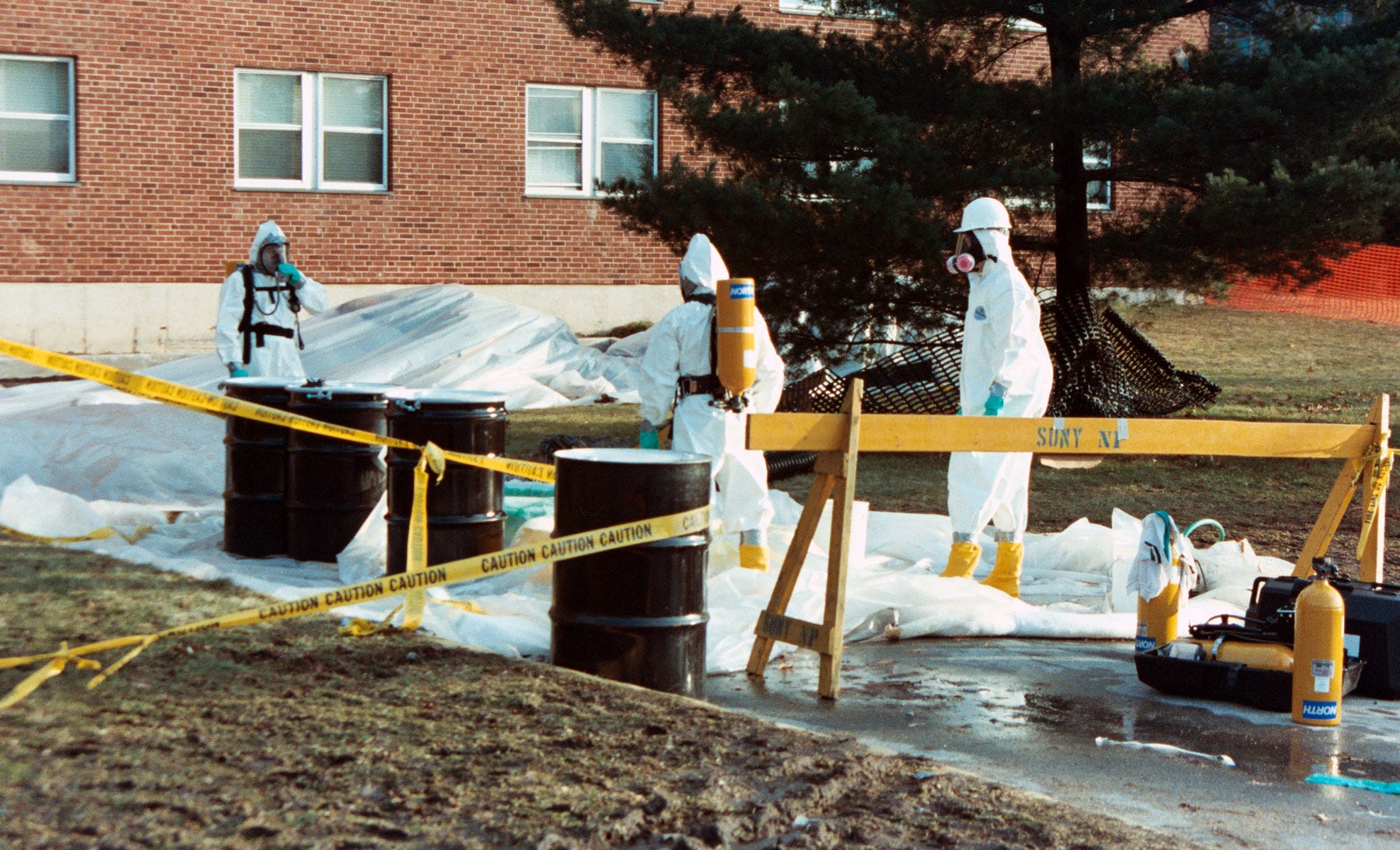
Forcing State and County Officials to Test Properly
When all four of the samples came up positive for PCBs — and I got this fact onto page one of Woodstock Times — state and county health officials shut the building, took an additional 39 samples from ventilation ducts, the existence of which they had denied in the past. Yes, the state’s official answer to potentially contaminated vents in a dormitory was: those vents don’t exist.
When the official results from the previously not-there vents came back, all of the samples showed contamination, while 33 were above the state limit and three were above the less-stringent federal limit. The vents were then partially cleaned in a surprise operation by the Ulster County Health Department.
"They're in pretty poor shape if they said it was clean and they got 33 failures of state levels and three federal failures," he said.
Though I didn’t understand it at the time, Ward did: all we needed was one positive test result from the vents to force the state to take action. He was right.

World Leader in Exposing and Cleaning Up PCBs
PCBs, or polychlorinated biphenyls, are a class of chemical compounds made of hydrogen, carbon and chlorine. They were manufactured starting in the 1920s and were used for every conceivable industrial purpose, from hydraulic fluid to ink and dye carriers to surgical implants. Their most common use was as electrical insulation in transformers and capacitors.
Monsanto was the sole U.S. manufacturer of PCBs, which were then distributed in electrical equipment by General Electric, Westinghouse, and other electrical firms. Studies on their toxicity go back to 1899, though the manufacturers knew based on a 1936 study by Cecil K. Drinker of Harvard University that exposure to PCBs caused systemic damage, including liver necrosis.
Though they were banned by the 1976 Toxic Substance Controls Act (TSCA), that only stopped new uses. Many preexisting uses were left in place, leading to countless disasters. You can read a basic history here. A well-informed and outstanding account of how PCB pollution got so bad is published in two parts, here and here.
Because they are chlorine-based hormonal toxins, they are considered dioxin-like compounds. (Blending chlorine with other halogens, such as bromine, has the same effect, but was less common in industry.) Peter Montague, editor of Rachel’s Hazardous Waste News, put it this way:
PCBs are a family of 209 separate chemicals, some of which have the same unpleasant characteristics as dioxins — they interfere in growth and reproduction, they damage the immune system, they cause cancer, and they cause these effects in fish, birds, mice, rats, mink, seals, sea lions, whales, humans and other forms of life. One key difference between PCBs and dioxins is that there are much larger quantities of PCBs in the environment, compared to dioxins. And many major industrial firms have a long track record of exposing their workers and their neighbors to PCBs.
While Ward was interested in helping clean up any kind of contamination that came on his radar (including many old apple orchards), he was especially motivated by the vast problem of PCBs.
Like the first discoverer of PCB pollution, Swedish chemist Sören Jensen, Ward’s early research into the pesticide DDT was interfered with by environmental PCB contamination. PCBs are chemically very close to DDT, and until proper assays were designed — which, could only be based on having accurate samples of the target compound — the two showed up as the same substance.
Long after DDT was phased out in the 1960s, PCBs remain an issue, to the present day.
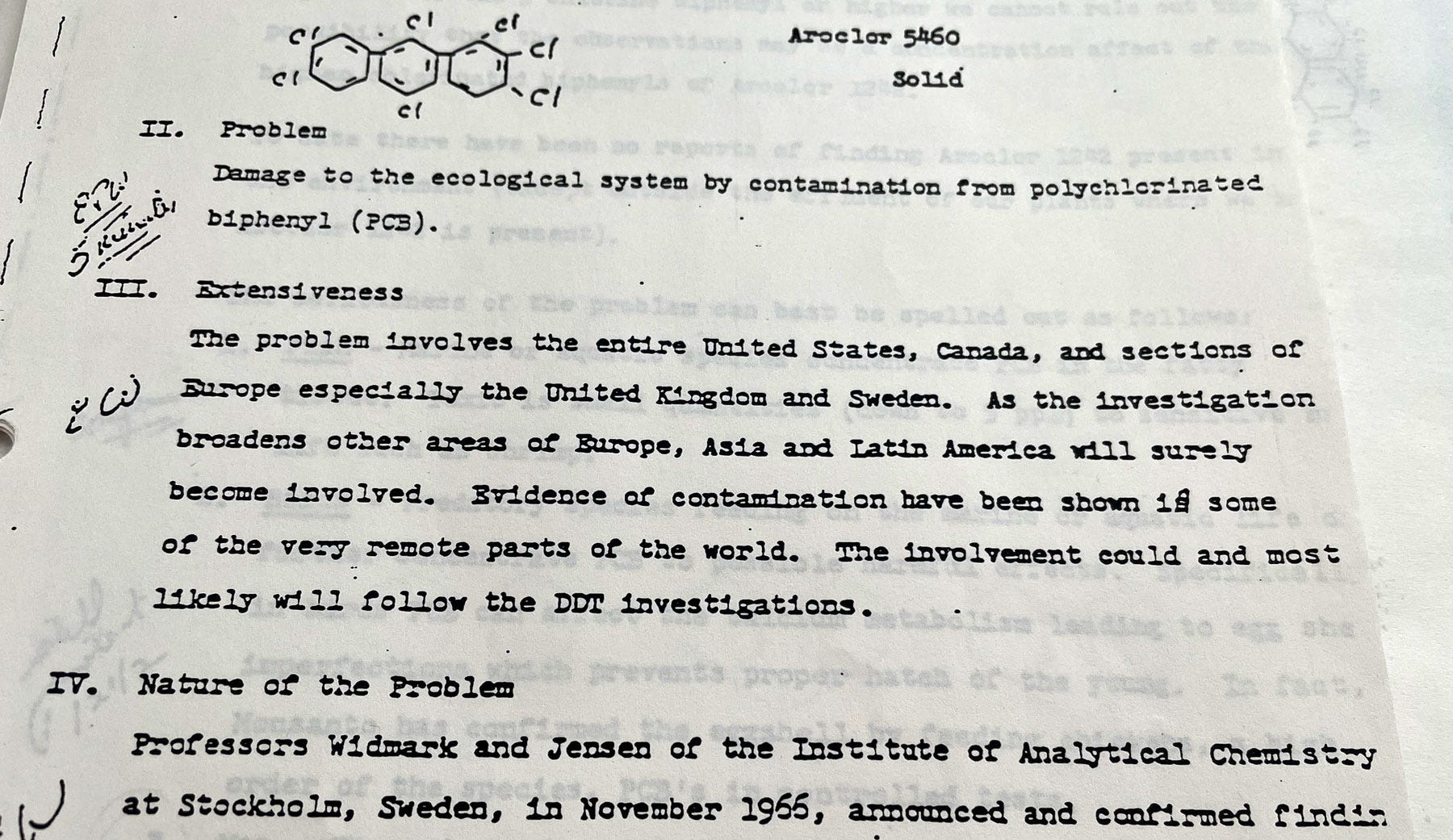
Finding PCBs at the Base of Utility Poles
While other scientists found PCBs in birds, fish, seawater and human milk, Ward’s first paper on the topic involved soil sampling at the base of an electric-utility pole. This involved an accident where a car colliding with the pole had damaged the capacitors (electrical load-bearing devices), causing the fluid to leak into the ground. His subsequent studies found PCBs at the bottom of many utility poles.
Ward, with Drs. Jensen and Gunnar Widmark, and American biologist Dr. Robert Riseborough, were among the pioneers in establishing that the whole world was contaminated with PCBs. All were developing Rachel Carson’s earlier work on DDT.
He was instrumental in getting the state to remove 6,750 tons of PCB-contaminated soil from the abandoned Napanoch Paper Mill site in 1991. And he was a constant thorn in the side of General Electric, the state’s worst PCB polluter.
Part Native American, he helped the Mohawk Indians determine that PCBs were polluting their water and therefore the wild fish they were eating as part of their traditional diet.
He was looked to as a world authority on the issue of PCBs, and received calls from agencies of many governments during the course of his 41-year career as wildlife pathologist.
‘He Protected Entire Ecosystems’
“I’ve spent my life trying to do something about the terrible environmental destruction I saw, most of it done by industries with a lot of power,” he said in a 2016 interview. “I wasn’t popular, but I didn’t let that stop me.”
In fact, it was an ongoing joke that every year, the governor’s budget would try to eliminate Ward’s job or department, but it never worked. There was always an uproar, and if he did not have a friend in the governor, he had many in the public and the legislature.
“On his own time and too often with his own money, Ward courageously bucked heavy political pressures and outed many of the largest of our State's corporate polluters: GE, GM and Reynolds Aluminum,” said Henny Wise.
“In this way, he saved entire ecosystems that now thrive supporting millions of people, animals, birds, and fish. Dr. Stone was the Touchstone for excellence and bravery in service to the Earth he loved.”
Ward spawned thousands of environmental investigators and activists over the years. It’s not only that we will all miss him dearly; it’s amazing that he was even here. He was one-of-a-kind in every sense, but above all, he set a fine example of what it means to have courage, and to do what you can do from right where you are.
“Like Nathan Hale, I only regret that I have but one life to give for fighting pollution,” Ward said in a 2017 interview.
Eric Francis Coppolino is a New York-based investigative reporter and radio host, executive director of Chiron Return, and author of the Covid Chronology. If you want to help support our reporting efforts, we would be most grateful.
Ward's Stone is the highest hill in the Forest of Bowland, England. Its flat top hides two trig points nearly a kilometre apart. The western trig point sits atop a pile of large rocks, including one, the Ward's Stone, that is so large it attracts boulderers and climbers.




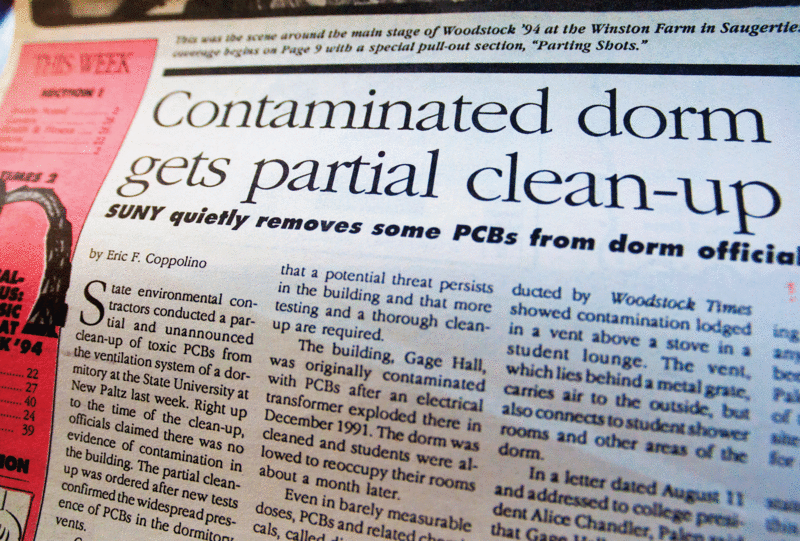
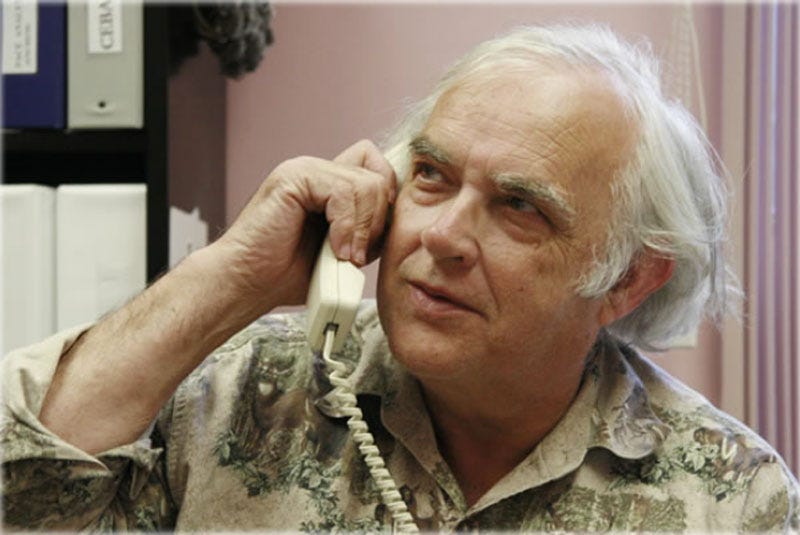
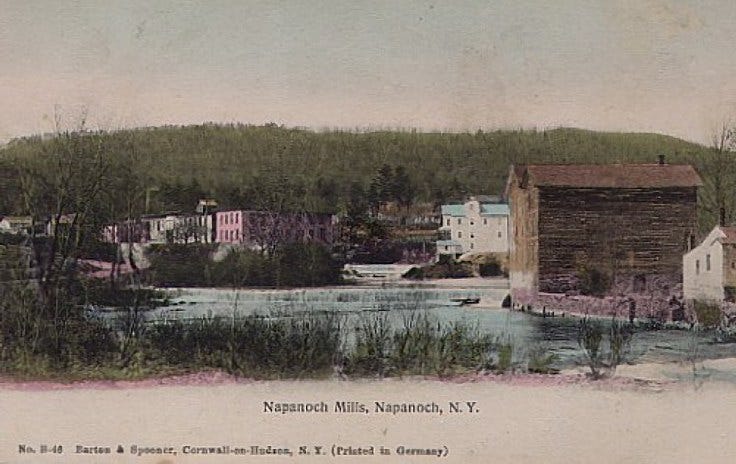

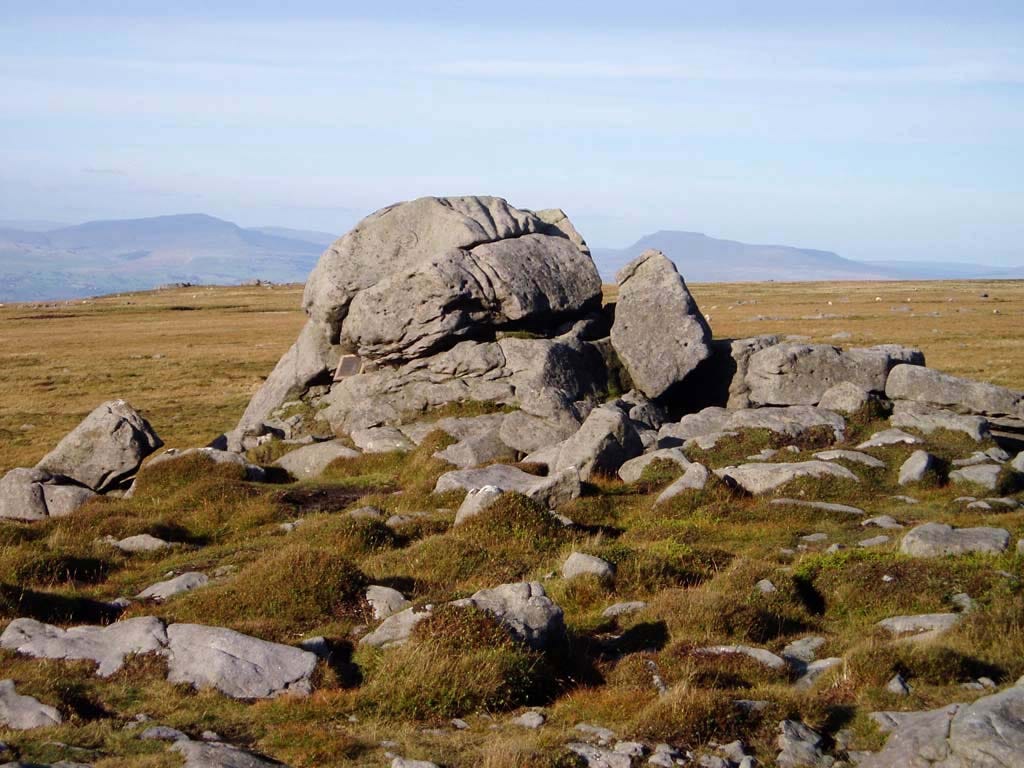
I think I may have met him once or twice.
When we were fighting the Constitution Pipeline. A retired DEC guy would show up once in a while, at some of the early meetings in Sidney. People would whisper in my ear that he was a rare guy, a true champion of the environment.
RIP. thanks for your memorial, Eric.
READER COMMENT
It was Ward Stone who first alerted the NoSpray Coalition against pesticides in 2000 that a huge number of birds were being killed not from West Nile Virus itself but from the pesticides being sprayed to kill mosquitoes as well as industrial pollution caused by oil refineries. NoSprayers Jim West and Roy Doremus trucked up to Albany to visit Stone in his government offices and videotaped him there. Ward's assessments became a key part of NoSpray's lawsuit against New York City government, which we won on the key point in 2006 and achieved an important settlement with the City the following year.
Thank you, Ward Stone.
- Mitchel Cohen